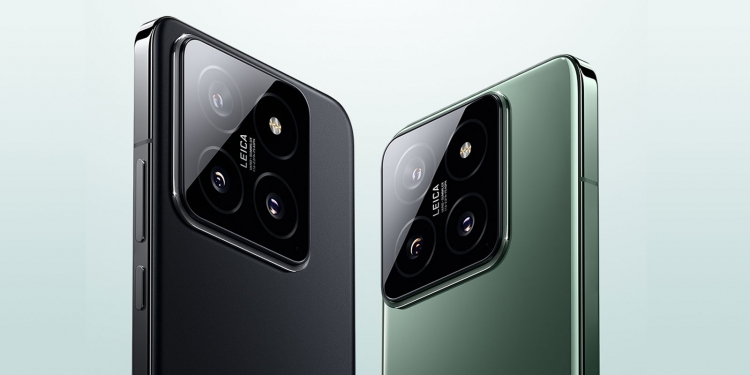Xiaomi has just unveiled its flagship of 2023, but thanks to timing and new advancements, it is the first phone in the world to feature tech for 2024. The series comes in two models – the Xiaomi 14 and Xiaomi 14 Pro.
The Xiaomi 14 Pro is the premium variant, with more features when compared to the standard model. The two models share a similar design, but not size. The Pro is taller by 10mm but has an overall similar outlook to the standard, thanks to the boxy shape and the rounded square that is the camera module.
New (Snap)Dragon inside
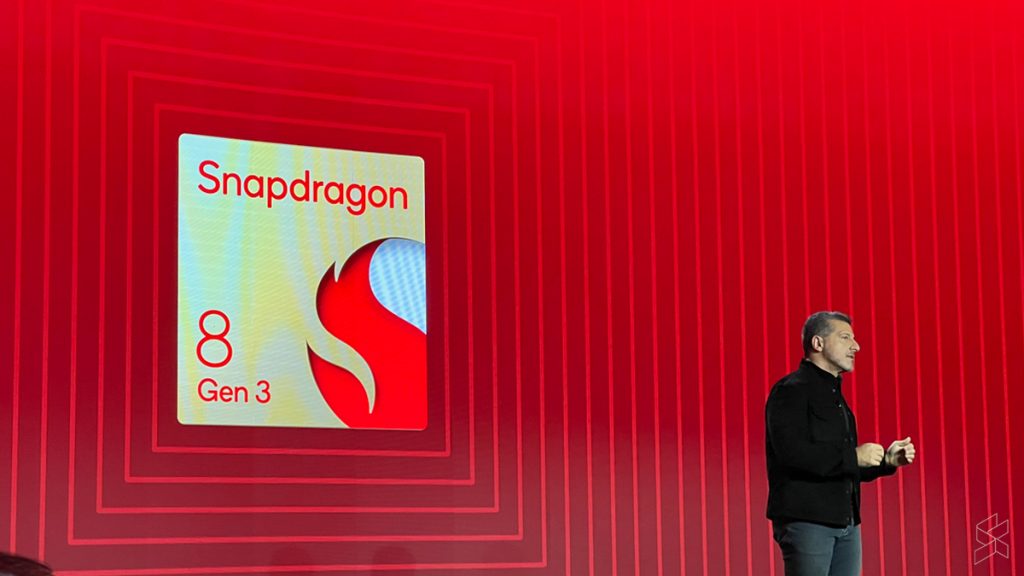
Both phones use the brand-new Qualcomm Snapdragon 8 Gen 3, running at 3.3 GHz, recently launched in Hawaii.
In China, the standard comes with either 8, 12, or 16 GB of RAM, while the Pro model customers can choose between 12 or 16 GB. Xiaomi is offering up to 1TB of storage for both phones, which is useful with the Leica-branded cameras on the back. We have to wait and see which models will be available here in Malaysia when it launches.
3000 nits peak brightness display
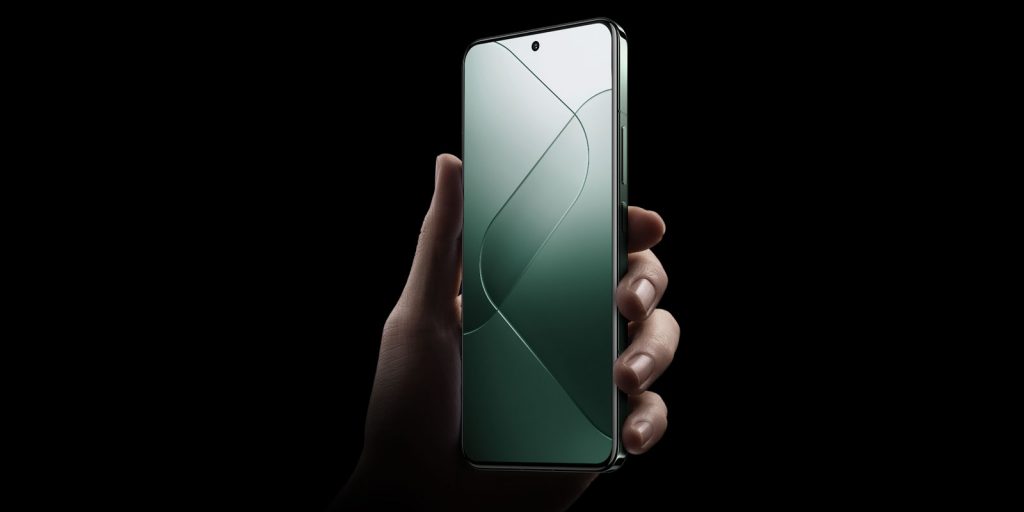
The screens are a first in the industry – while there have been talks of a high-brightness screen for quite some time, the Xiaomi 14 is the first to go to market with the highest brightness screen on any smartphone. At 3,000nits peak brightness, the screen utilizes C8 light-emitting material co-developed by Xiaomi and CSOT.
The Xiaomi 14 uses an OLED screen while the Xiaomi 14 Pro uses an AMOLED screen. Both are 12-bit displays for true-to-life colour reproduction and both have LTPO technology for a high range of refresh rates of up to 120Hz. The Xiaomi 14 comes with a 6.36-inch display while the Xiaomi 14 Pro comes with a 6.73-inch display.
Leica co-branded variable aperture camera
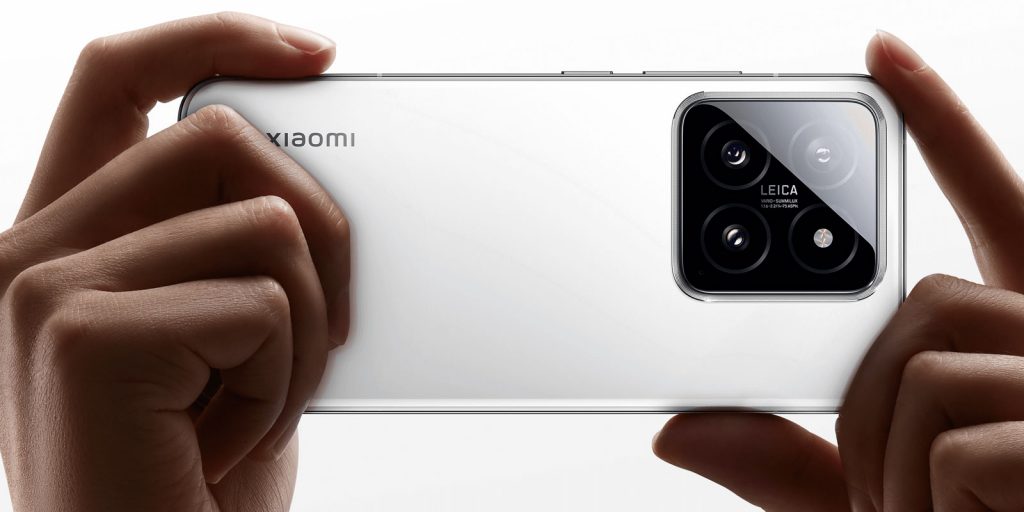
We see the return Leica as a camera partner and the variable aperture camera on a smartphone with the Xiaomi 14 series. The Pro model sees an industry-leading ƒ/1.42 – ƒ/4.0 variable aperture, an upgrade to the Xiaomi 13 Ultra which only went from ƒ/1.9 – ƒ/4.0. The variable aperture technology is the same system used in modern mirrorless cameras.
Xiaomi paired the new lens with the main Hunter 900 50MP sensor, with a 50MP ultra-wide camera with an f/2.2 aperture lens and a 50MP telephoto camera with an f/2.0 aperture lens. The selfie camera is a 32MP unit on the front.
The standard 14 is no slouch, with the 50MP main sensor with an f/1.6 aperture lens and a similar 50MP ultra-wide camera and 50MP telephoto camera as the Pro model.
Both cameras can take up to 8K24fps videos, and slow-mo footage up to 1920fps at 720p.
More power than you can handle

Inside the 14 Pro, Xiaomi fitted a 4880 battery, and can support up to 120W wires HyperCharge fast charging. For wireless charging, the 14 Pro can handle up to 50W. You can expect to get 33% in just 5 minutes. The wired charge rate is the same as the Xiaomi 13T Pro that we reviewed, which you can read about right here.
Not forgetting the standard 14, it also gets HyperCharge, but only at 90W wired. It still charges wirelessly at 50W though.
Both phones get the Xiaomi Surge P2 chipset and a Xiaomi Surge G1 battery management chipset for high-efficiency battery management.
The next generation Xiaomi OS – HyperOS
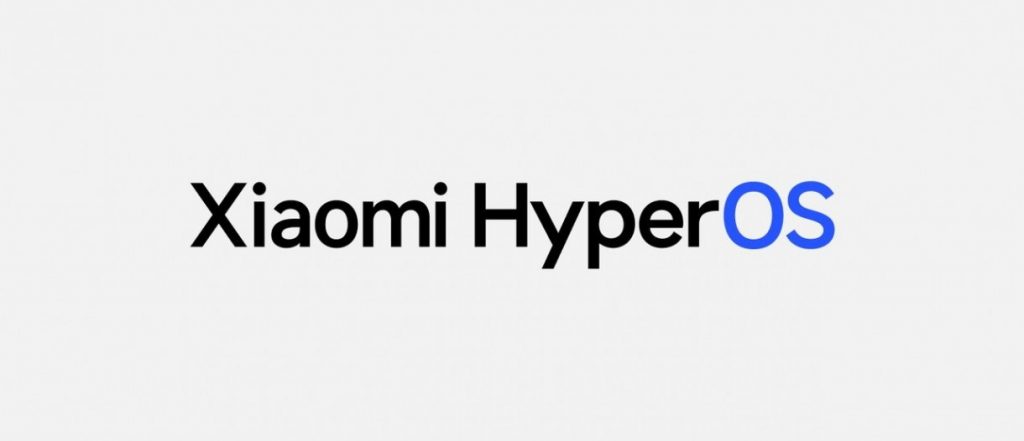
HyperOS is the new name for Xiaomi’s flavour of Android. It was developed by Xiaomi over a period of 7 years. The HyperOS kernel is a fusion of Linux and self-developed Vela systems.
Xiaomi says that HyperOS’s self-developed HyperConnect framework allows the Xiaomi 14 Series to achieve real-time networking, high-speed connection, and capability sharing with other Xiaomi devices.
There is also a self-developed AI subsystem that allows for the implementation of cutting-edge AI capabilities. Called HyperMind, it utilizes active sensing capabilities of the device to provide users with active services.
HyperOS was built to focus on four major goals: Low-level Refactoring, Cross-End Intelligent Connectivity, Proactive Intelligence, and End-to-End Security – so we may be able to expect faster OS updates and upgrades from Xiaomi moving forward.
Other goodies from Xiaomi

For faster file transfers, the Xiaomi 14 get a USB 3.2 Gen 1 5Gbps port, while the Xiaomi 14 Pro has a USB 3.2 10Gbps port.
Both phones also feature UltraSpace storage expansion making use of available UFS memory to expand available storage beyond original capacity. For the Xiaomi 14 Pro 256GB model, the storage can be expanded up to 8GB, while the 512GB version of Xiaomi 14 and Xiaomi 14 Pro’s storage can be extended by 16GB.
Price and Availability in China
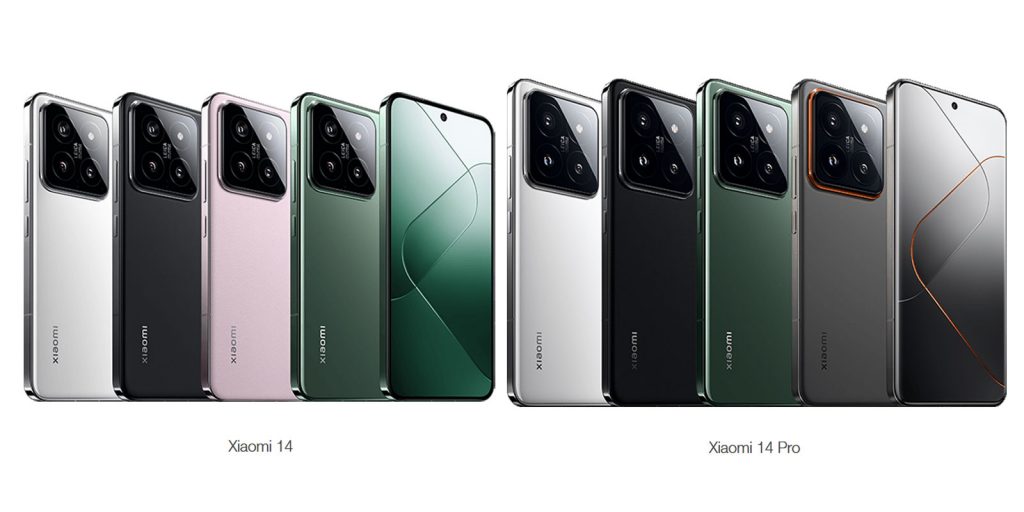
The Xiaomi 14 series is now available to order from the official Xiaomi website for the following prices:
- Xiaomi 14 (8GB/256GB): 3999 Yuan (about RM 2,610)
- Xiaomi 14 (12GB/256GB): 4299 Yuan (about RM 2,870)
- Xiaomi 14 (16GB/512GB): 4599 Yuan (about RM 3,000)
- Xiaomi 14 (16GB/1TB): 4999 Yuan (about RM 3,265)
- Xiaomi 14 Pro (12GB/256GB): 4999 Yuan (about RM 3,265)
- Xiaomi 14 Pro (16GB/512GB): 5499 Yuan (about RM 3,590)
- Xiaomi 14 Pro (16GB/1TB): 5999 Yuan (about RM 3,916)
For colour options, the Xiaomi 14 is available in Jade Green, Black, White, and Snow Mountain Pink while the Xiaomi 14 Pro is available in Jade Green, Black, White and a special Titanium edition.
As of press time, there is no news when the phone will be available here in Malaysia. However, Xiaomi’s CEO Lei Jun twitted that the series will be available globally so Malaysia should be not long in receiving the Xiaomi 14 series.
I'm excited to announce that #Xiaomi14Series will also be launched globally! pic.twitter.com/IHChjaG2I2
— Lei Jun (@leijun) October 26, 2023

